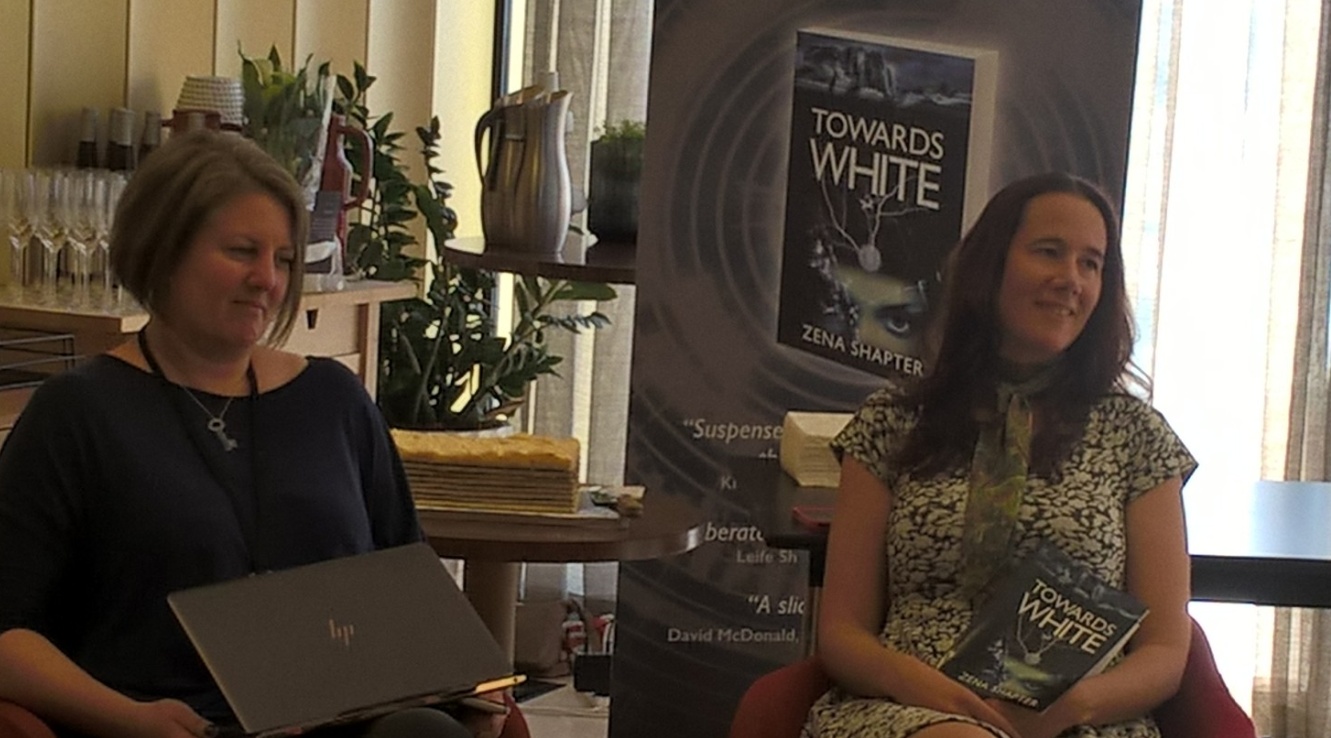
Sandwiches
We came up to Wangaratta this weekend to see our mother. It’s 270 kilometres, so we stop half-way for coffee and something light to eat.
By light, we mean something that’s not going to make us want to fall asleep in the car half an hour later. What do we normally eat? Tomato and onion sandwiches. Made with fresh bread, not toasted.
Now adding onion to a road trip may seem a weird thing to do, but it’s the perfect meal. Fresh, light, and not too much. The café we usually stop at isn’t grand to look at, but they have deliciously fresh bread, which is super important. And the tomato’s been allowed to ripen, so it’s tasty, and doesn’t freeze your teeth.
We must be the only people who ever ask for this type of sandwich, however. The owner doesn’t recognise us—until we order the sandwiches. Then she starts saying things like, “I haven’t seen you in a while.”
Of course, when we get back in the car, we need some gum to clean our teeth, otherwise we taste onion all the way to Mum’s place.
Tomatoes and onion as art
Sherylyn enjoys painting. She did a “Drawing on the right side of the brain” class a few years back. Once they’d finished that, the class voted to move on to painting. After a term everyone started doing their own projects, with the art teacher providing assistance as required.
Sherylyn’s concentrating on painting techniques.
One of these was a colorization (note my use of US spelling here, for no reason other than that I can) technique done using a palette knife.
The art teacher wanted her to do still life. (Art teacher loves people to draw fruit and veg.) Onions. So she could demonstrate the technique.
“Onions,” I said. “What do you want to paint onions for? What are you going to do with a picture of onions?”
Those onions stayed around for a whole painting term. And because she was learning the technique, she couldn’t finish it in her own time. That meant she had to keep the picture wet (it was that type of technique) and the paint on her palette from drying out.
The picture took up a whole shelf in the fridge. The paints a shelf in the freezer. In a two-person house there’s no need for a massive refrigerator. That was half the freezer, and a quarter of the fridge.
“Karen wants to know when she’s getting the fridge back,” she told the art teacher one week.
“Oh, but she’ll love it when the picture is finished and you hang it on your wall.”
“I don’t think she’s going to let hang an onion on the wall.”
The poor art teacher doesn’t know when Sherylyn’s being flippant, but it’s true. Neither of us wanted the picture on the wall, no matter how good it was. While we both like to eat onions, we’re not going out of our way to hang pictures of them.
Next term, the art teacher wanted Sherylyn to continue the technique.
“Sure,” said Sherylyn, who’d enjoyed painting the last picture.
“I think you should do some tomatoes,” the art teacher said.
Now, the poor onions had lasted a whole eight-week term. The tomatoes didn’t last that long. Especially since this time she had to cut one in half, and paint the centre of the tomato as well. Imagine, if you can, what a moving target it is when you have to buy new tomatoes every third week. Especially when the tomatoes start off orange but get redder each the week as they ripen.
We got some nice tomato sandwiches in weeks three, six and eight, however. (The full ones, not the halved ones.)
I have to say, both pictures looked good, and the colouring in them was lovely. (Even if that first week, the guy locking the building after the class had finished said to Sherylyn as she carried her picture out to the car, “I can’t tell what half these people are painting. At least I can see that yours are oranges.”)
Not long after that, the combined classes put on an art show. Every student was asked to provide artwork. Sherylyn put her tomatoes and onions in.
She dragged me along to the opening night.
I finally met the art teacher. “Sherylyn is so good,” she said. “Those pictures are amazing.”
“They’re okay,” I said. And I meant it.
We write novels together. We are honest with each other. Okay means, yes, they are okay. Amazing means wow, wow, wow! This is the best.
Later in the evening I met up with the art teacher again.
“Sherylyn is my best student,” she said.
“That’s nice,” I said. “She’s enjoying the class. That’s the most important thing.” I confess I’m not the world’s greatest conversationalist.
The new term started last week. The art teacher told Sherylyn, “I don’t think your sister is very supportive of your art.”
By the way, the tomato and the onion sold at the art show. We don’t have pictures of them, because Sherylyn forgot to take them before the show.





